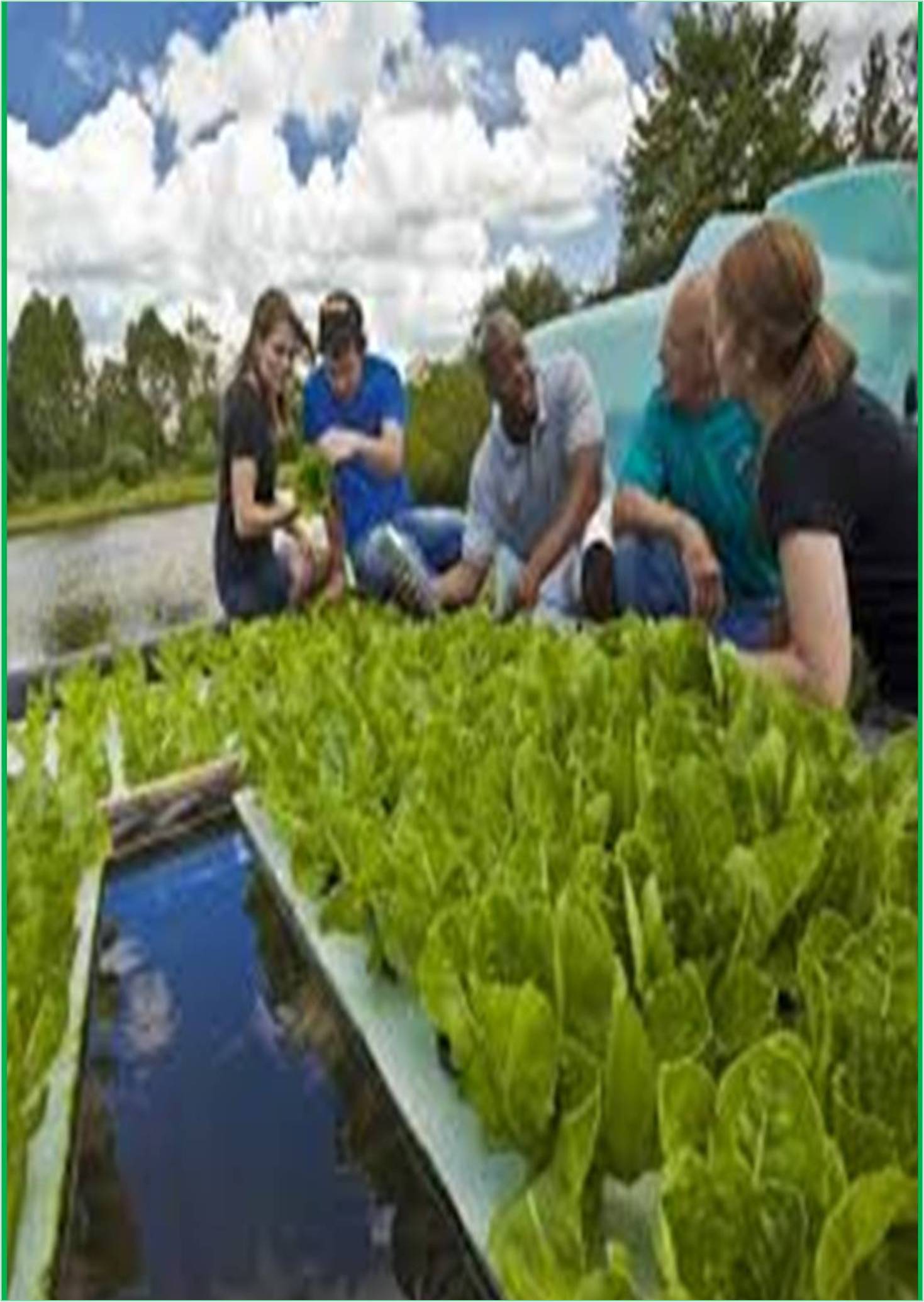



Received: 30-Nov-2022, Manuscript No. GJEST-22-83001; Editor assigned: 02-Dec-2022, Pre QC No. GJEST-22-83001 (PQ); Reviewed: 16-Dec-2022, QC No. GJEST-22-83001; Revised: 23-Dec-2022, Manuscript No. GJEST-22-83001 (R); Published: 30-Dec-2022, DOI: 10.15651/GJEST.22.10.015
Environmental biotechnology is the use of microorganisms to enhance the quality of the environment, and it has so far concentrated on the creation of technological solutions to clean up the aquatic, terrestrial, and aerial environments. Living things like bacteria, plants, and other basic multicellular or unicellular creatures are used in biotechnology. We can select the strain we want to produce the product we want, and we can also genetically alter a strain to make it more suitable and beneficial for our product. Since a few decades ago, human activities have contaminated the environment with poisonous and dangerous chemicals, having an impact on every aspect of the biological system. Ecological equilibrium is thus seriously disrupted. Traditional items can be synthesised using biotechnological technologies by modifying the genetic material of living things. Utilizing microorganisms to enhance the attractiveness of the environment is known as environmental biotechnology.
The advancement of molecular and microbial biology technologies has made it possible for researchers to use live organisms to address environmental issues, such as the decomposition or purification of waste. Through the use of microorganisms, bioremediation is a field of biotechnology that may clean up contaminated water and soil while simultaneously preserving the environment. An anaerobic microbe-based process called composting breaks down complex organic molecules into simpler ones that may be dumped into the environment or utilized as manure to enhance soil. It is obvious that the biosphere has a finite capacity. Humans have altered the world in such a way that immediate action is needed to prevent catastrophic effects and future generations from confronting overwhelming challenges. Sustainable and secure human progress is possible via the use of advanced tools, research, and technology, particularly those without negative environmental effects.
Detection of indicator organisms for quick identification and extraction of minerals and pollutants; In this regard, for the purpose of environmental remediation, which is a public duty in general, and the goal and task of environmental specialists in particular, biotechnical methods must be applied sincerely, deliberately, and responsibly so that, in addition to minimizing health and environmental impacts, contaminants removal and environmental remediation can be done in a way that protects human health and the environment as well. It is possible to encourage microbial development in situ (in the soil) by adding nutrients. The bacteria become used to these poisonous by-products (so called nutrients). The bacteria gradually consume these substances, breaking down the contaminants. Genetic engineering can also be used to create microorganisms that can degrade organic pollutants. To remove pentachlorophenol from polluted soil, bioremediation engineers from an American organization employed the 'Flavobacterium' species.
Microbes have also shown to be effective in removing harmful materials from places. A US scientist has identified the GS-15 bacteria, which can consume uranium from nuclear weapon production facility effluent. Uranium in water is transformed by the GS-15 bacteria into insoluble particles that precipitate and sink to the bottom. Utilizing biological agents, bioremediation converts hazardous wastes into less- or non-hazardous chemicals. Some fungi that can trap metallic ions in aqueous solutions can be found in even dead biomass. This is because of the unique structure of their cell walls. This may be done by using the fungal biomass that many fermentation firms create on undesired by-products.
Pollutant exposure is very high in aquatic environments. Bioremediation and phytoremediation processes have been effectively exploited by biotechnological applications to remove contaminants from the environment. In order to facilitate the breakdown of hazardous materials, microorganisms that produce enzymes like oxidoreductase and hydrolase are essential. This study gives detailed information on the biotechnological applications used in the biodegradation of harmful contaminants throughout the environmental clean-up process.